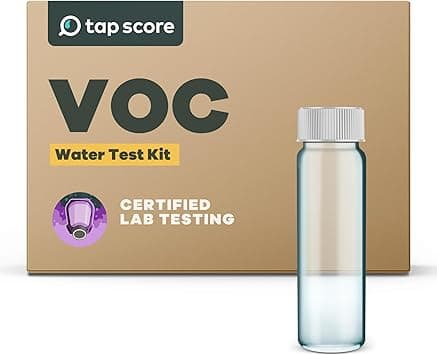Hexachlorobenzene
Synthetic organic compound previously used as a fungicide, in wood preservation, and in the production of rubber, aluminum, and dyes before being phased out due to environmental and health concerns. It is currently formed as a byproduct during the production of chemical solvents and pesticides. Once hexachlorobenzene enters the environment, it can remain there for many years. It has been detected in surface water, groundwater, and drinking water.
EPA MCLG Level
0 ppb
Maximum level that poses minimal health risk based on the latest science
Health Effects
Drinking water standards for hexachlorobenzene have been developed based on an increased risk of cancer and adverse kidney, liver, and reproductive health effects. The EPA classifies it as a probable human carcinogen.
Affected Organs & Systems:
Common Sources
- Not naturally occurring, so its detection in the environment and source water is the result of human activity
- May enter the environment and drinking water sources from industrial activity through discharge and stack emissions or through wastewater
How to Remove It
Water filters certified under the following NSF standards are effective at removing Hexachlorobenzene:
EPA MCLG Level
The EPA MCLG represents the maximum level that poses minimal health risk based on the latest scientific research. It's often more protective than federal legal limits.
Contaminant Type
Hexachlorobenzene is classified as a Pesticides contaminant.
This contaminant primarily affects the reproductive-m, reproductive-f, and other systems.
Check Your Water
Find out if Hexachlorobenzene is in your tap water.
Search Your CityTest Your Water for This Contaminant
Public water reports may not test frequently enough or at your specific tap. Professional home testing provides current, location-specific results.

SimpleLab
Standard Home Water Test
$232
Comprehensive water analysis testing over 200 contaminants including bacteria, heavy metals, and chemical compounds.

SimpleLab
Advanced Home Water Test
$369
Most comprehensive home water test including all standard tests plus additional parameters for ultimate peace of mind.

Tap Score
Volatile Organic Compounds (VOC) Test
$139
Detects volatile organic compounds including industrial solvents, fuels, and chemical contaminants.